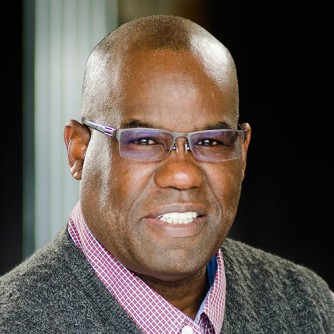
Did you know that one of Shakespeare's most famous lines from Hamlet, "There lies the rub," is a lawn bowling term? Or that the word "jazz," long associated with music, may have first been used in baseball?
Even people who aren't fans use sports metaphors in casual conversation every day, says Josh Chetwynd of Denver, the author of "The Field Guide to Sports Metaphors."
"They're kind of a glue in the way we talk; people from different cultures, from all sorts of demographics get them," Chetwynd said. "Everyone has the ability to use them, to toss them around easily -- they're a shorthand that everyone gets."
The book points out that one of today's most commonly-used phrases -- "Soccer Mom" -- has a distinctly Colorado flavor.
"In 1995, Susan B. Casey brought the term into the jurisdiction of politics when she ran for municipal office in Denver with the slogan "A Soccer Mom for City Council," Chetwynd writes. "A year later, during the 1996 presidential election, the soccer mom notion skyrocketed. Analysts insisted these women were the key swing vote in the race between Bill Clinton and Bob Dole."
A Primer On Some Sports Terms and Metaphors
- Jazz: In 1912, a Los Angeles Times story referred to a pitcher's "jazz ball." By 1915, newspapers in Chicago were using the word in connection with the local music scene.
- Bias: In 1522, the Duke of Suffolk, needing a new ball for a game of lawn bowling, used a round ornament from a banister. The impromptu orb rolled at an angle, leading to the word bias, which is derived from an Old French term meaning slanted.
- There Lies The Rub: Another lawn bowling term from Hamlet's famous "To be or not to be" soliloquy. Bumps and nicks on the surface of the grass could interfere with the roll of the ball, and became known as rubs, or obstacles.
(From "The Field Guide to Sports Metaphors" by Josh Chetwynd)








